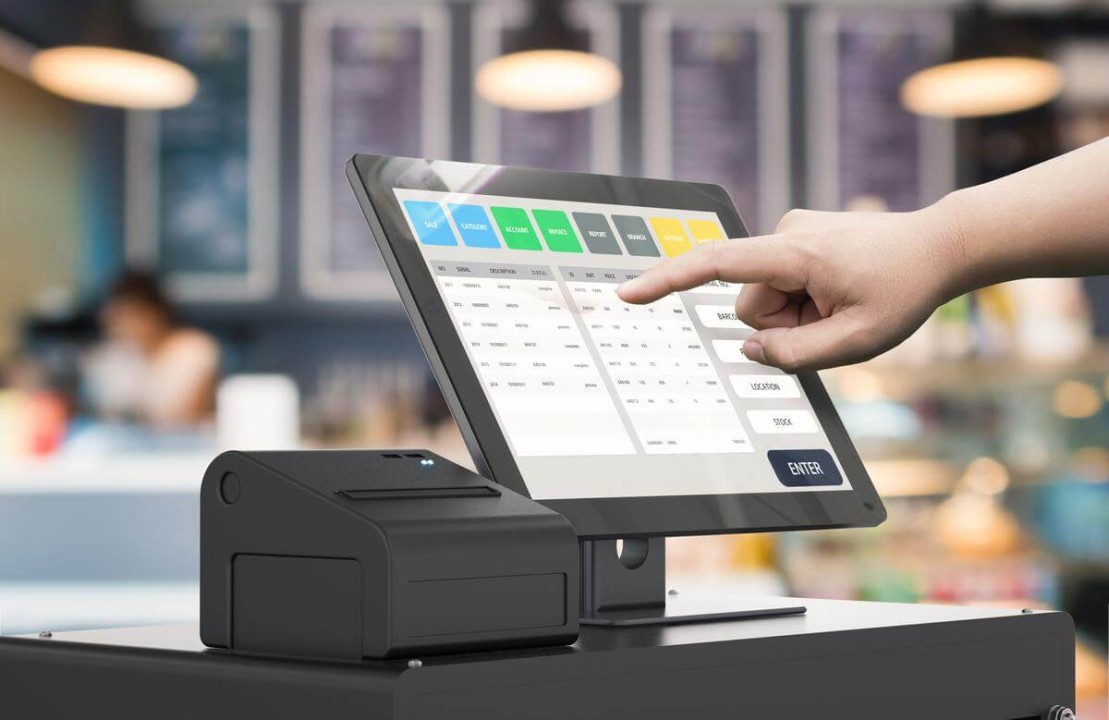In the modern retail environment, Point of Sale (POS) systems have become indispensable tools for managing transactions, inventory, and customer interactions. Among the innovations enhancing these systems, POS Systems cameras have emerged as a transformative technology, offering a range of benefits that go beyond mere sales processing.
What is a POS System Camera?
A POS system camera is an integrated or standalone device designed to capture high-quality images and video within a retail setting. Typically connected to the POS terminal or network, these cameras can serve various purposes, including transaction monitoring, security surveillance, and customer engagement.
Enhancing Security with POS System Cameras
One of the primary advantages of POS system cameras is their role in bolstering security. By monitoring the checkout area, these cameras help deter and document theft, both from customers and employees. High-resolution cameras can capture clear images of transactions, which can be invaluable in resolving disputes or verifying suspicious activities.
Modern POS system cameras are often equipped with advanced features such as motion detection, night vision, and real-time alerts. These capabilities enable store managers to monitor their premises 24/7, providing an added layer of security that traditional methods may lack. In case of an incident, recorded footage can be reviewed to provide evidence, which is crucial for legal and insurance purposes.
Streamlining Operations and Improving Customer Experience
POS system cameras also play a significant role in enhancing operational efficiency and customer experience. For example, cameras can be used to monitor customer interactions and identify patterns that may suggest areas for improvement. By analyzing footage, retailers can gain insights into customer behavior, such as peak shopping times and common bottlenecks in the checkout process.
In addition, POS cameras can aid in training new employees by providing visual examples of proper procedures and customer service practices. This real-time feedback helps ensure that staff are well-trained and capable of handling transactions efficiently.
Integration with Other Technologies
The integration of POS system cameras with other retail technologies further amplifies their benefits. For instance, when combined with facial recognition software, these cameras can help personalize customer interactions by identifying frequent shoppers and tailoring promotions to their preferences.
Furthermore, the integration with inventory management systems allows for automated stock monitoring. Cameras can capture images of shelves and display them in real-time to inventory systems, enabling accurate stock level assessments and reducing the risk of stockouts or overstocking.
Choosing the Right POS System Camera
When selecting a POS system camera, retailers should consider several factors:
- Resolution: Higher resolution cameras provide clearer images, which are crucial for accurate identification and detailed footage.
- Field of View: A wider field of view ensures that more of the checkout area is covered, reducing blind spots.
- Connectivity: Ensure compatibility with existing POS systems and network infrastructure.
- Features: Look for additional features like night vision, motion detection, and real-time alerts to maximize the camera’s utility.
Future Trends
As technology continues to evolve, the role of POS system cameras is likely to expand. Future advancements may include enhanced artificial intelligence for more sophisticated data analysis and integration with other smart devices in the retail environment.
